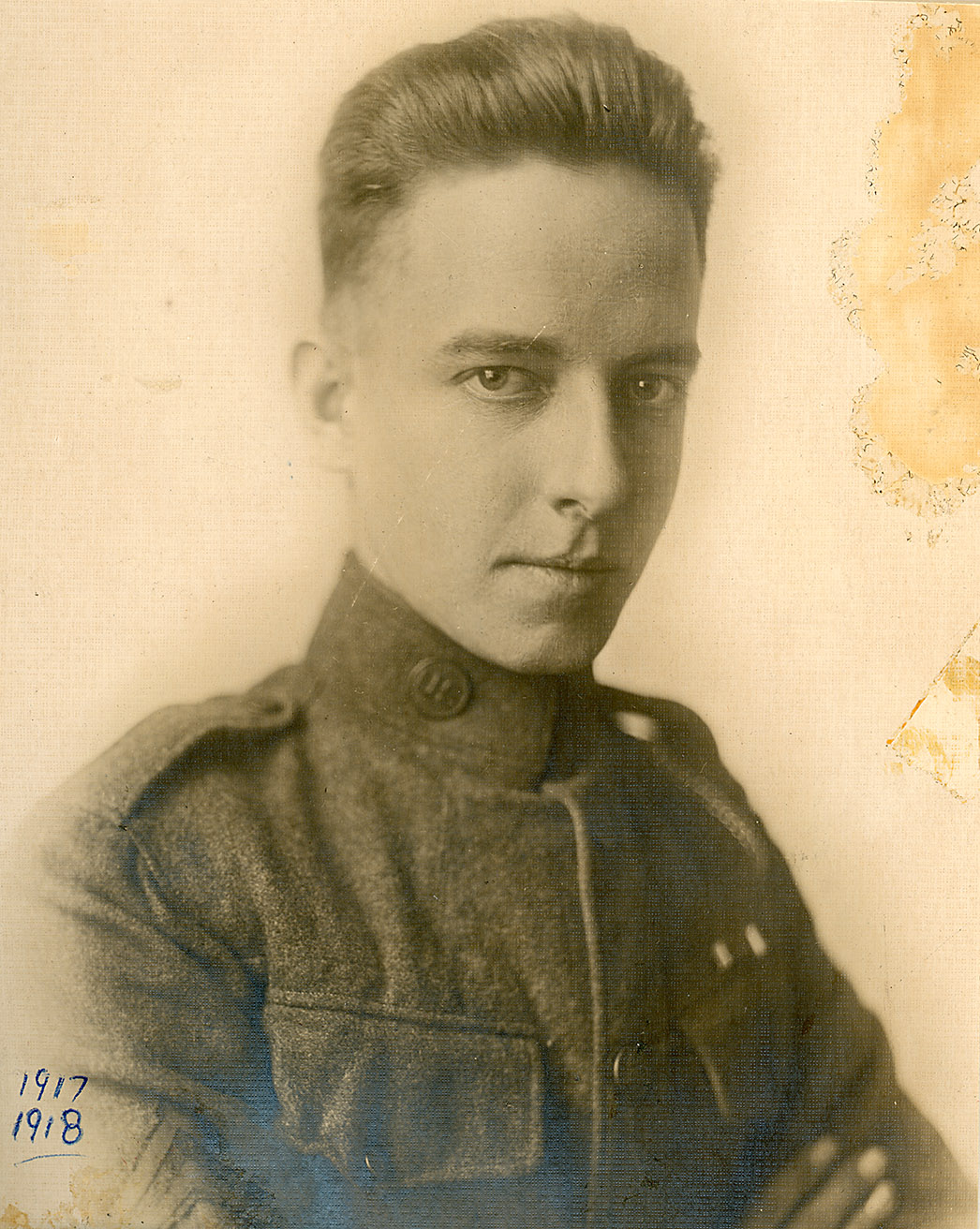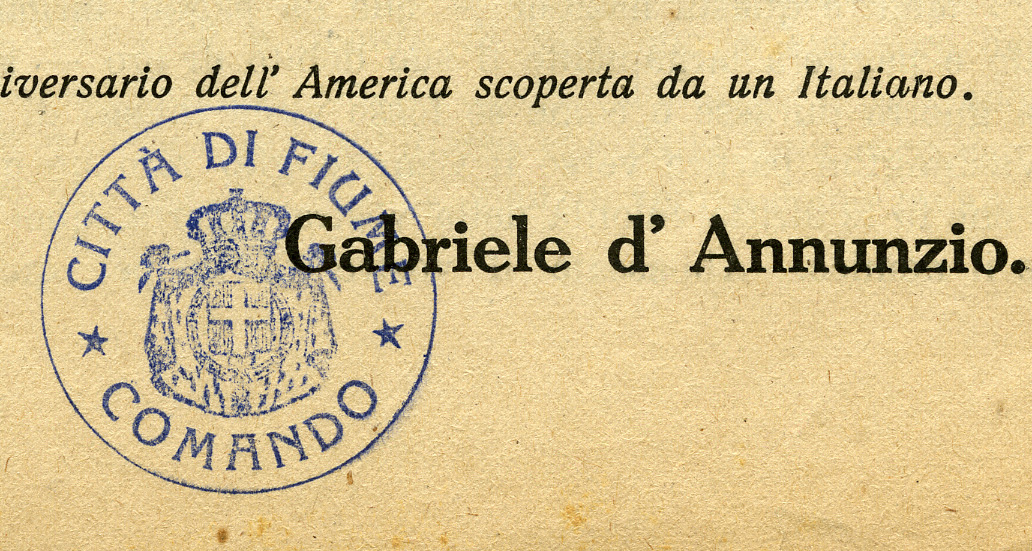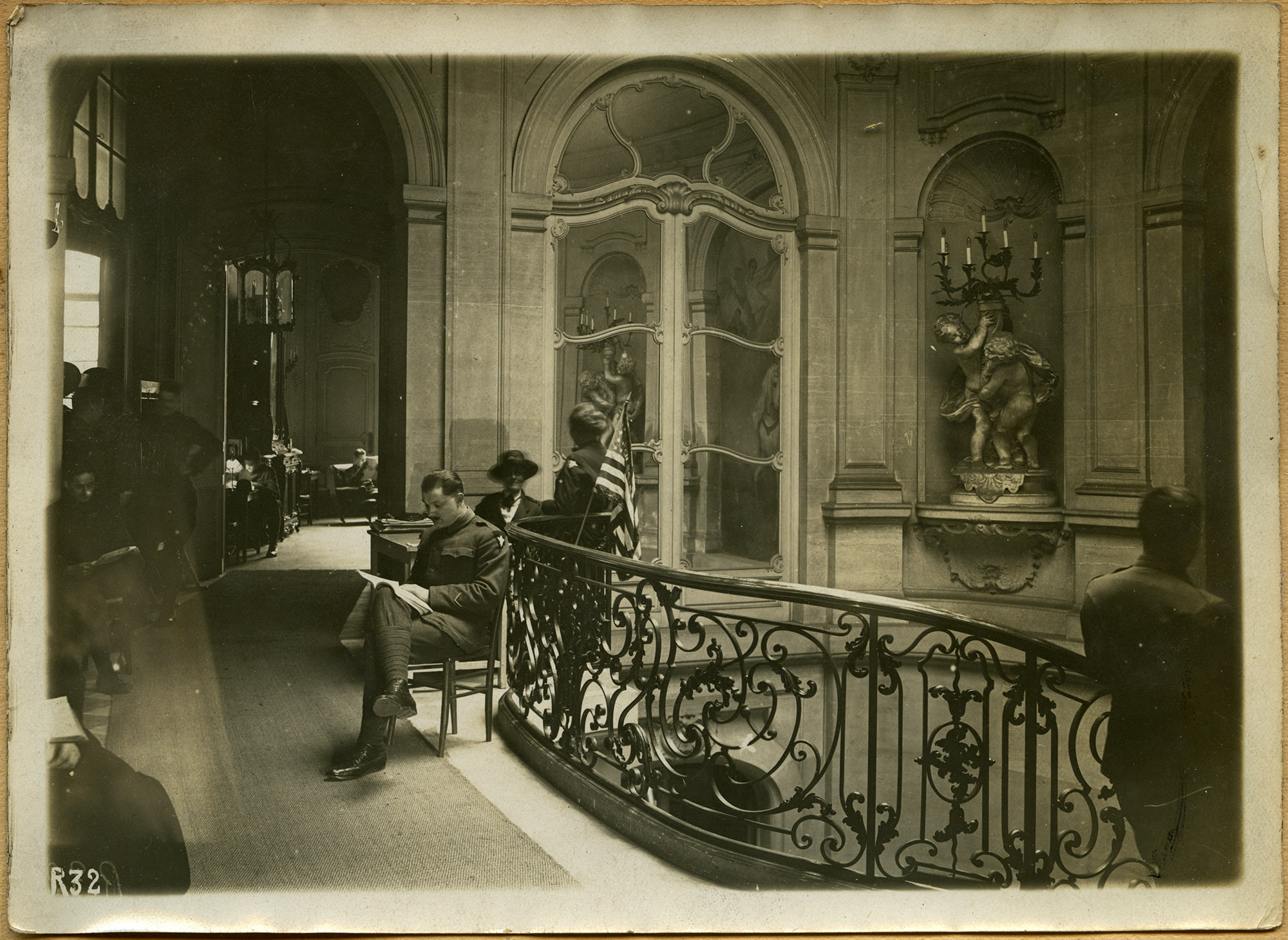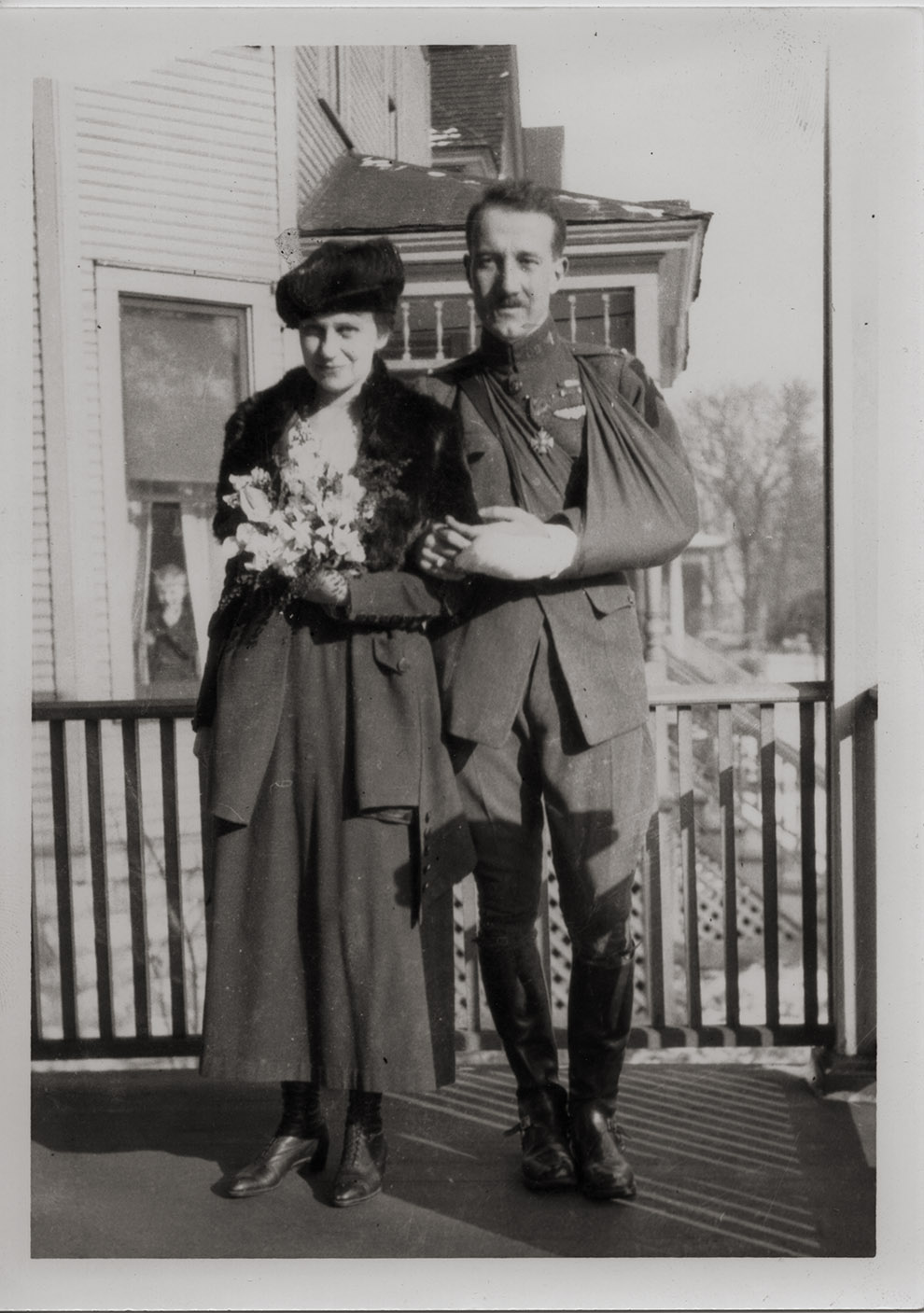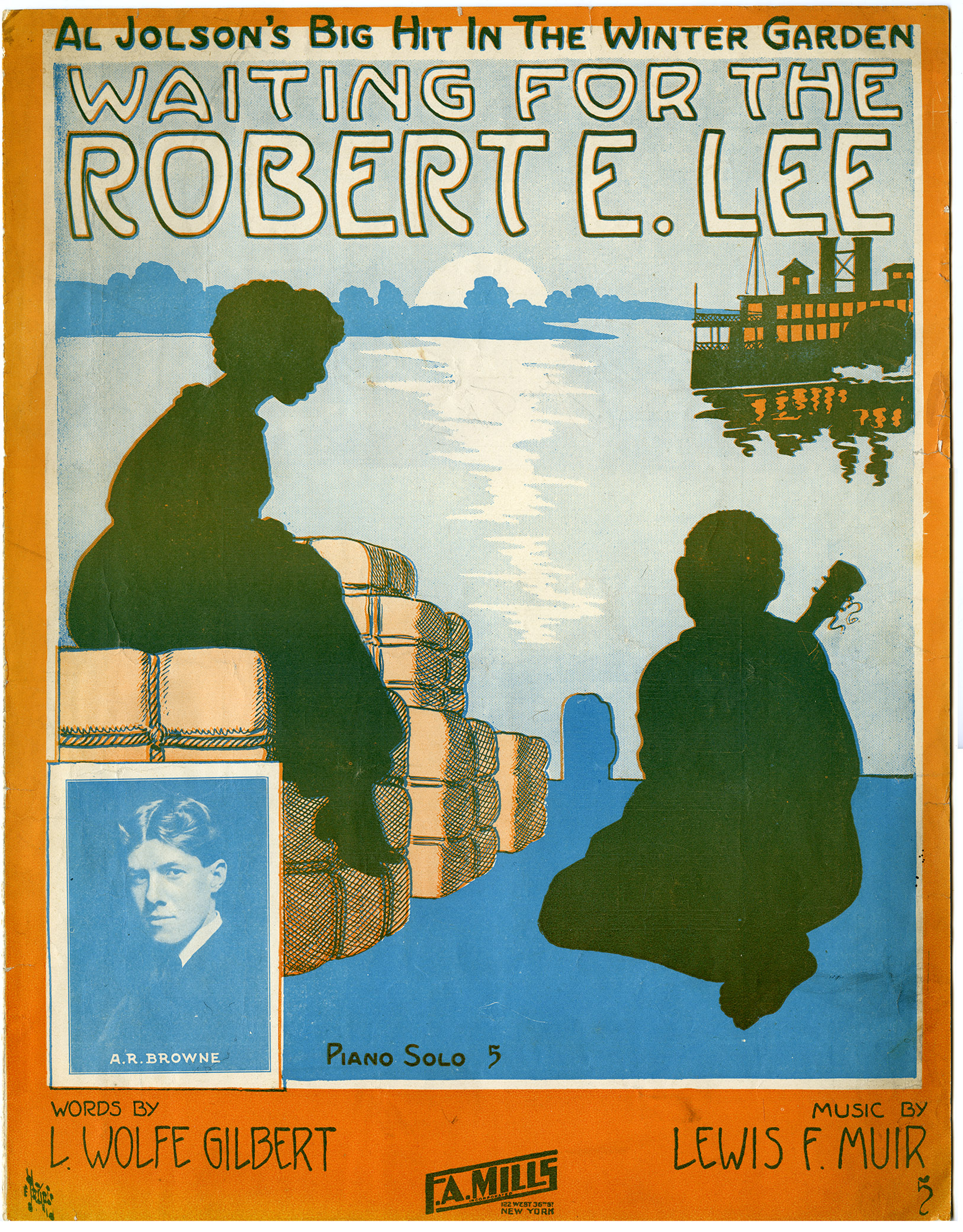Anglin Family Papers
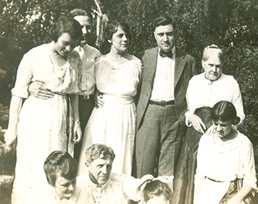
Born in Cork, Ireland to a prosperous family, the Anglin siblings began immigrating to Canada and the United States in 1903. The first to relocate to Canada, brothers Will and Sydney pursued vastly different careers, one as a Presbyterian minister and the other as a salesman at a Toronto slaughterhouse. George and Crawford both served in the military during World War I, the former in the British Infantry as a medical officer and the latter in the 4th University Overseas Company first in France and later in Belgium where he died saving the life of a wounded soldier. Gladys Anglin trained as a nurse, but worked in a Canadian department store and at the Railway Office before suffering a mental breakdown and entering the Ontario Hospital as a patient. Ethel remained in Ireland the longest where she taught Domestic Economics at a technical school. The only Anglin to immigrate to the United States and the only female sibling to marry, Ida and husband David Jackson settled in Monson, Massachusetts where they raised four daughters.
The Anglin siblings were part of a close knit family who stayed in contact despite their geographic separation through their correspondence. Siblings wrote and exchanged lengthy letters that document not only family news, but also news of local and national significance. Topics addressed in their letters include World War I, the Irish revolution, medicine, religious ministry, and domestic issues from the ability of a single woman to support herself through work to child rearing.


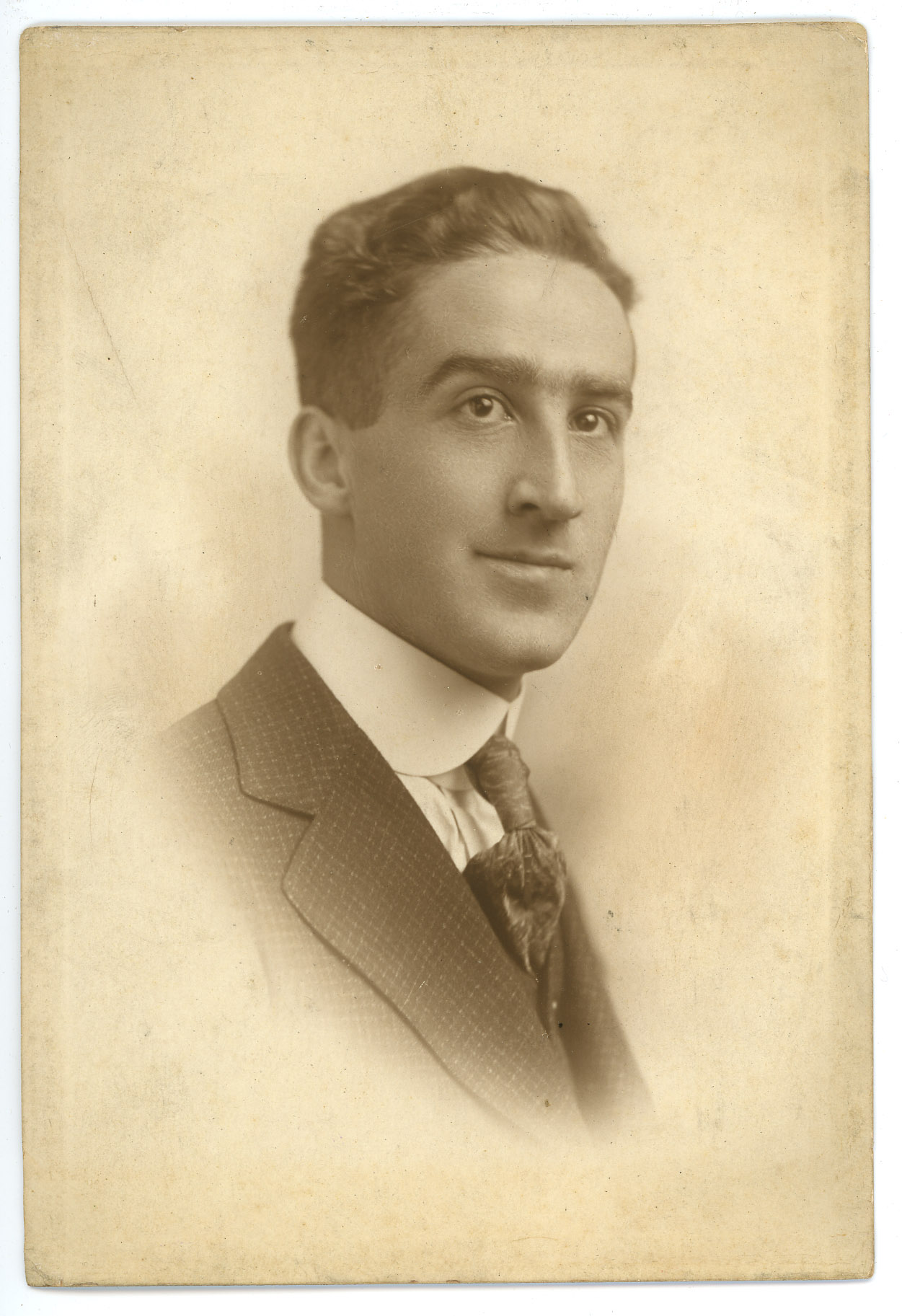
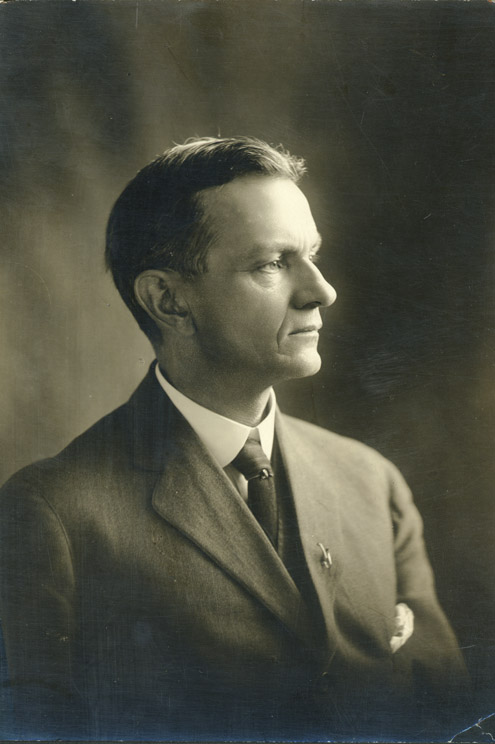
 View the
View the 